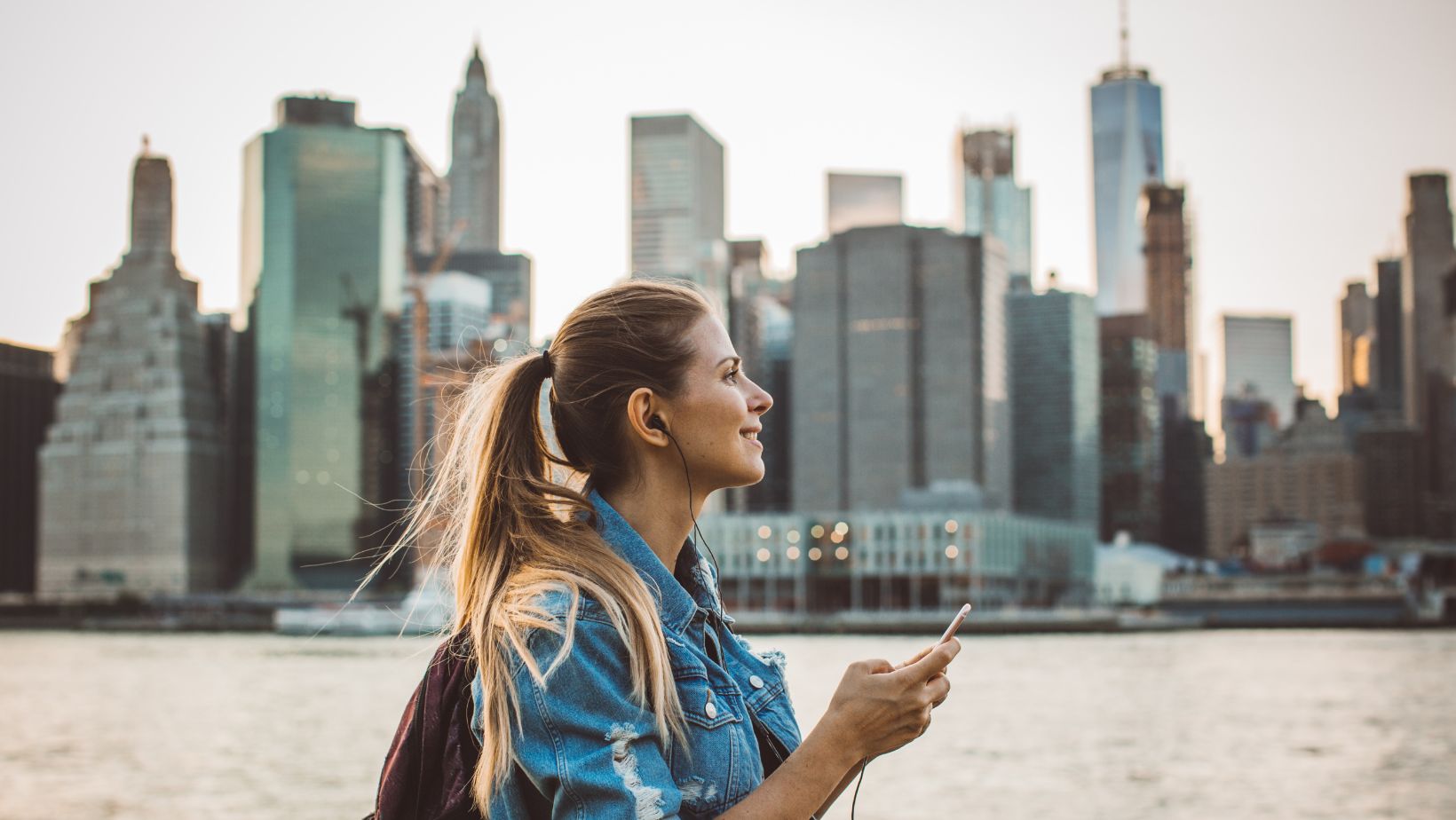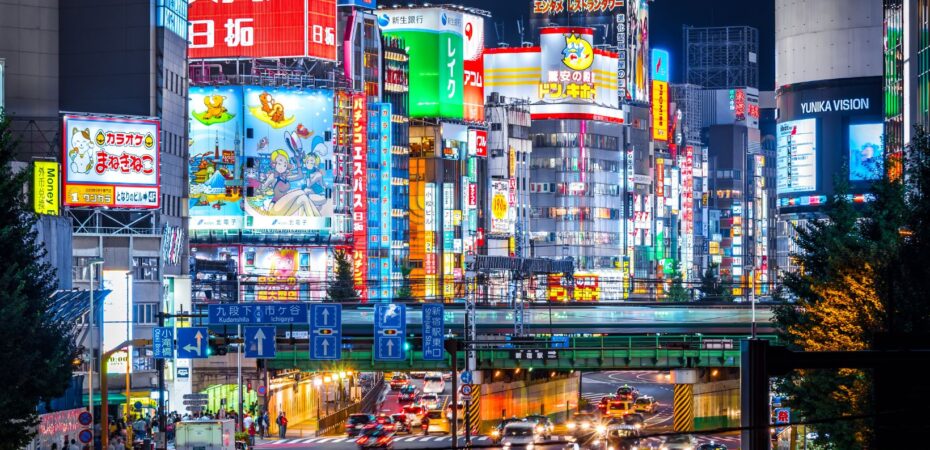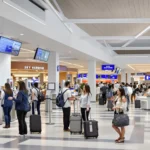Landing in a huge city like Mexico City, Tokyo, or São Paulo is exciting. The energy is strong and the choices feel endless. But that excitement can turn into stress fast. How do you get around? Where even to start? Big cities can feel overwhelming. This guide breaks a metropolis into small, easy steps so you can enjoy it instead of feeling lost.
Strategic Pre-Arrival Planning
Good trips start before you fly. A little online work saves lots of trouble on arrival. Mark a few key places on an offline map app—your hotel, top sights, and the nearest subway station. This builds a basic mental map.
Plan your arrival time. Dragging heavy bags through a crowded station at rush hour is draining. Use a local bag storage service like Qeepl bag storage so you can drop luggage near a central station and start exploring immediately. This makes the first hours easier.
Also check the local transit card—Suica in Tokyo or Movilidad Integrada in Mexico City. Buying or loading one in advance means your first trip will be smoother. Simple steps. Big difference.
Mastering Public Transportation
Public transport is the easiest and cheapest way to see a big city. The maps look messy, but focusing on one line at a time helps. Learn the main line from your hotel to the center first.
The Mexico City Metro
Mexico City’s Metro is very affordable. For about 5 pesos (roughly $0.30 USD) you can travel far. Lines are color-coded and stations use names plus pictorial icons. That helps everyone, even visitors who do not read Spanish well. During rush hours, look for carriages reserved for women and children at the front of the train for more comfort and safety.
Ride-Sharing as a Supplement
Ride apps like Uber or Didi are useful for short gaps or late nights. They show the price ahead and keep a digital record of the trip. Use them when the metro does not reach your spot, or when you carry heavy bags. They add convenience and a layer of security. But use them wisely to avoid high costs.
The Art of Neighborhood Hopping
Big cities are not one place. They are many neighborhoods—each with its own feel. Treat each neighborhood like a small town. Spend a half-day or a full day in one place. This makes the city feel less huge and more relaxed.
The Bohemian Vibe of La Condesa & Roma
La Condesa and Roma are leafy and calm. Art Deco buildings hide cafes, boutiques, and good restaurants. Walk the streets, sit at a sidewalk cafe, and watch daily life. It feels quieter than the busy center. It’s a good spot to slow down.
The Historic Heart of Centro Histórico
Centro Histórico is the city’s old center. The huge Zócalo square sits here with the Metropolitan Cathedral and the ruins of the Aztec Templo Mayor nearby. The area buzzes with street vendors, performers, and crowds. It’s busy, loud, and full of history. Plan for a lot of walking.
The Artistic Soul of Coyoacán
Coyoacán offers a different pace. Cobblestone streets, colorful houses, and a lively artisan market make it feel like a small town inside the city. Visit Casa Azul, Frida Kahlo’s home-turned-museum. Grab a churro in Jardín Centenario and sit for a while. It’s a good place to rest and soak up culture.
Finding Your Urban Oasis
You will need breaks. Cities have green spaces and rooftops that serve as quiet spots. These are your urban oases. Use them to recharge.
In Mexico City, Bosque de Chapultepec is huge—over 1,695 acres. It includes the National Museum of Anthropology, the Modern Art Museum, and Chapultepec Castle, which has wide city views. You can paddle a boat, visit the zoo, or just sit under a tree. Rooftop bars and cafes are another kind of oasis. They lift you above the street noise and often give great views for a drink or a coffee.
Staying Safe and Smart in the Crowd
Being aware of your surroundings is key. In packed markets or trains, keep a hand on your bag and wear a crossbody bag in front. Avoid showing expensive jewelry or large amounts of cash. Most people are friendly, but trust your instincts. If a street or situation feels off, leave it.

Keep a digital copy of your passport and important documents in a secure cloud. Save your hotel address in both English and the local language. That helps when you need directions or a ride home at night.
Also, use ride apps with a registered account and check the car details before you get in. That small step often prevents confusion.
Big cities are a lot, but they are worth it. With a bit of planning, easy use of public transit, and by focusing on one neighborhood at a time, the city becomes manageable. Use green spaces to rest, keep your belongings safe, and take your time. You’ll see more and stress less. Travel can be a series of small, lovely discoveries. Probably worth it.


 By
By 




